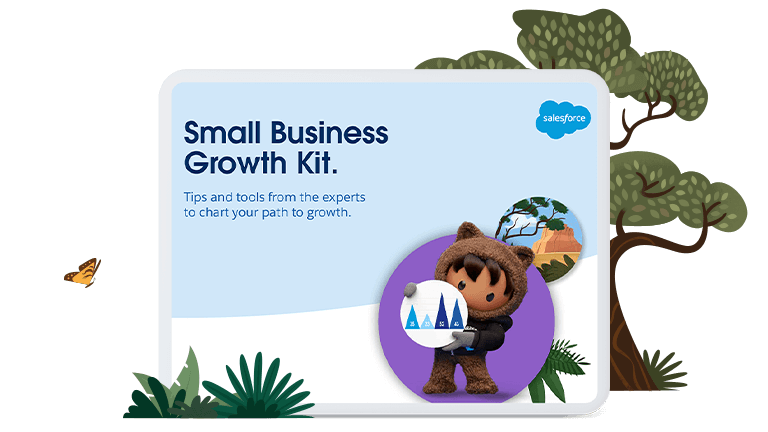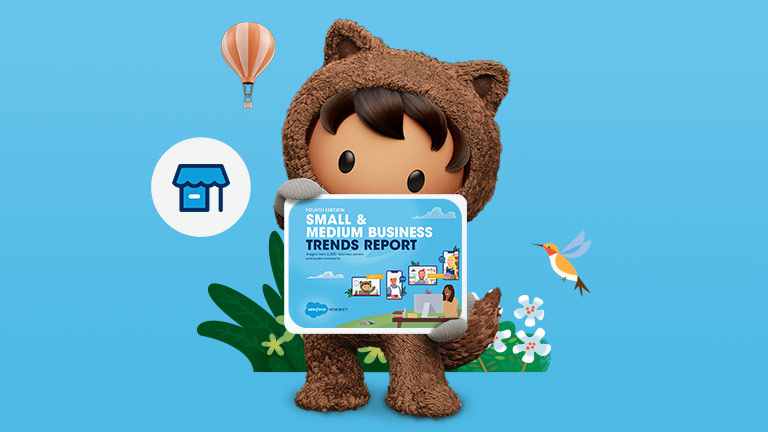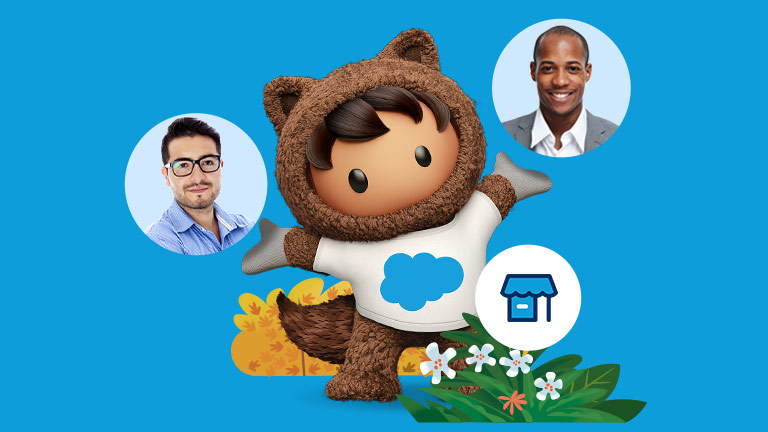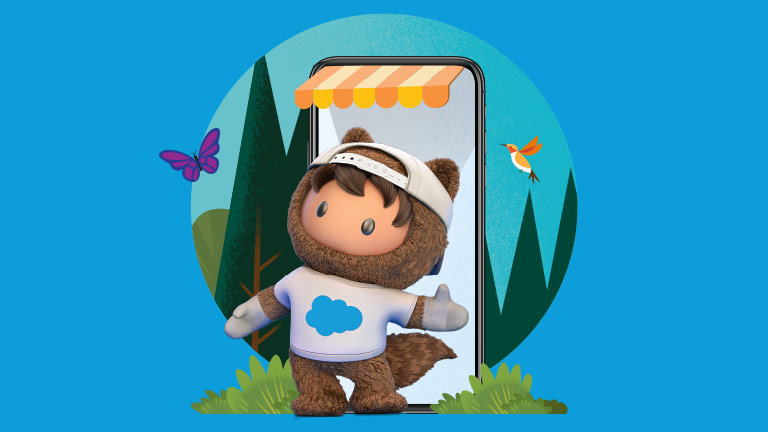Employee engagement is critical for small businesses that need to get the most out of their resources. Unfortunately, employee engagement is also an ongoing problem for many organisations, as disengaged employees are estimated by Gallop to cost the global economy $8.1 trillion annually. The challenges are especially evident in the EU, which this same report shows as having the least engaged workforce in the world.
A disengaged worker is not only less productive; they're more likely to leave an organisation. In the age of The Great Resignation, when there's high competition for workers, and it costs 6 to 9 months of salary to replace an employee, retaining talent is a particularly pressing issue.
The good news is that another Gallup report shows that poor employee engagement is a fixable problem. Employee engagement is highly changeable, as some companies prioritising a "high-development culture" improved workforce engagement from 20% to 70%.
So, if a lack of employee engagement is highly damaging for small businesses – but there's a proven roadmap for fixing it – why isn't every organisation doing so?
What are the challenges of employee engagement?
Employee engagement is a term that describes how happy, motivated and connected to their jobs workers are. If workers are highly engaged, they’re more likely to excel in their role, inspire others and have more satisfying personal lives. If workers are disengaged, the opposite is true, and workers will struggle to reach their full potential.
Keeping employees engaged has been especially difficult since the onset of the pandemic, as many remote workers have struggled with feelings of isolation, stress in their personal lives, and adapting to new roles, tools and processes. Meanwhile, small businesses have not only had to navigate rules and regulations; they’ve had to meet new customer expectations and rethink many of their business models.
With so many emerging concerns and day-to-day challenges, it’s easy to see why some SMEs may have put employee engagement on the backburner.
The benefits of high employee engagement
An engaged workforce is a motivated workforce, and businesses can see a host of benefits from improving employee engagement.
If employees are happier, more positive and more engaged, there will be less absenteeism and lower employee turnover, helping businesses to cut recruiting costs and improve productivity. Better yet, an engaged workforce will provide better customer service and collaborate more successfully, as statistics show that highly engaged teams are over 20% more profitable.
Unlocking just one or two of these benefits might help your business take a step forward. If you’re able to unlock all of them, like some of the ‘high-development culture’ companies from the Gallup report, you might just put your business on a whole new frontier.
Train, explain and take away the pain: Six tips for increasing employee engagement
We are reimagining work in real time. Many businesses are turning to job design to optimise their EX (employee experience), improve productivity and drive engagement. By looking at tools, workflows and objectives through an employee experience lens, businesses can get a more holistic view of their workplace, rather than just looking at the result.
Here are six tips for crafting an exceptional EX and driving employee engagement.
Introduce automation. Artificial intelligence isn’t just a sci-fi trope; it’s helping millions of small businesses do more with less. By leveraging AI to automate mundane, routine and low-value tasks, you can empower employees to focus on more creative and rewarding work. And by using AI to give sales and service reps better insights, you can help them build connections with the customer while making it easier for them to thrive in their roles. AI is a win/win/win for businesses, workers and customers.
Upgrade your tools. If your employees work with outdated technologies or even analogue tools, they're likely not working as efficiently as they could be. Taking three steps instead of one is frustrating, and over time it can lead to employees checking out. No one likes to waste their time, so ensure you're providing the workforce with the tools they need to succeed.
Encourage community participation. One of the great drivers of the current work migration is the desire for meaningful work. Paychecks are no longer enough for many workers who want to feel like they’re doing some good – not just doing. By encouraging volunteer work and connecting with the community, you’ll not only be able to give back locally, but the workforce will also be able to see the positive impact they’re making.
Offer training. Learning and development are key drivers of engagement and employee retention. A LinkedIn study revealed that over 90% of employees would stay at a business longer if it invested in their career development. Udemy found similar results—reporting that 8 out of 10 employees feel more engaged when they’re learning new skills. Training benefits both organisations and their employees and it’s never been easier of more affordable to skill up the workforce. The time to train the workforce and address the digital skills gap is now.
Consider your perks and benefits. Offering employee benefits packages that prioritise wellbeing is a great way to drive employee engagement. Not every business can afford to offer gym memberships, massage chairs or free smoothies, but even offering walking paths, low-cost wellness apps, and chill-out spaces where employees can decompress is an excellent investment for business and teams.
Be a visionary. Having a growth plan for your business is essential, as is having a clear path for workers to realise their potential. Workers want to see a greater vision for the company, and it’s the job of the c-suite to communicate it. That doesn’t mean that every company has to have a Steve Jobs or a Jeff Bezos; it just means that everyone should be in alignment with the vision. If that ultimate goal has a positive social impact, even better, as core values are increasingly in the spotlight.
Ready to get engaged?
SMEs and their employees have been through a lot over the past few years. Business have had to evolve at a rapid pace. But the first step toward business success is building stronger connections between employees and the businesses they work for. By focusing on the needs of the workforce, businesses can increase productivity, drive employee engagement and create more meaningful relationships
To see more about how your business can increase employee engagement and chart new routes to business success, get a free copy of The Small Business Growth Kit.






